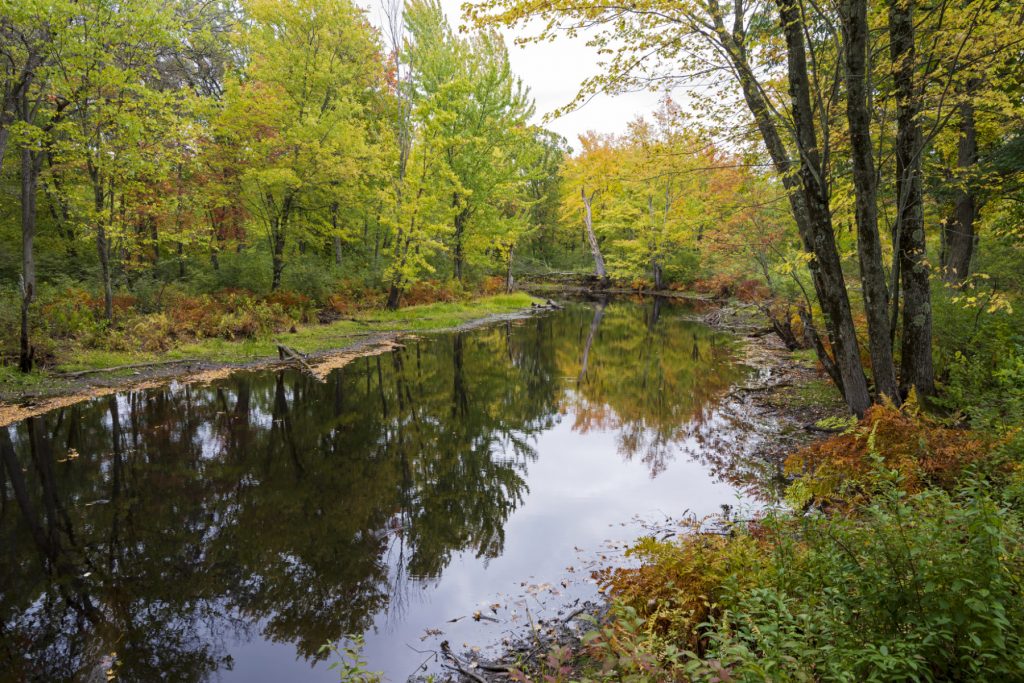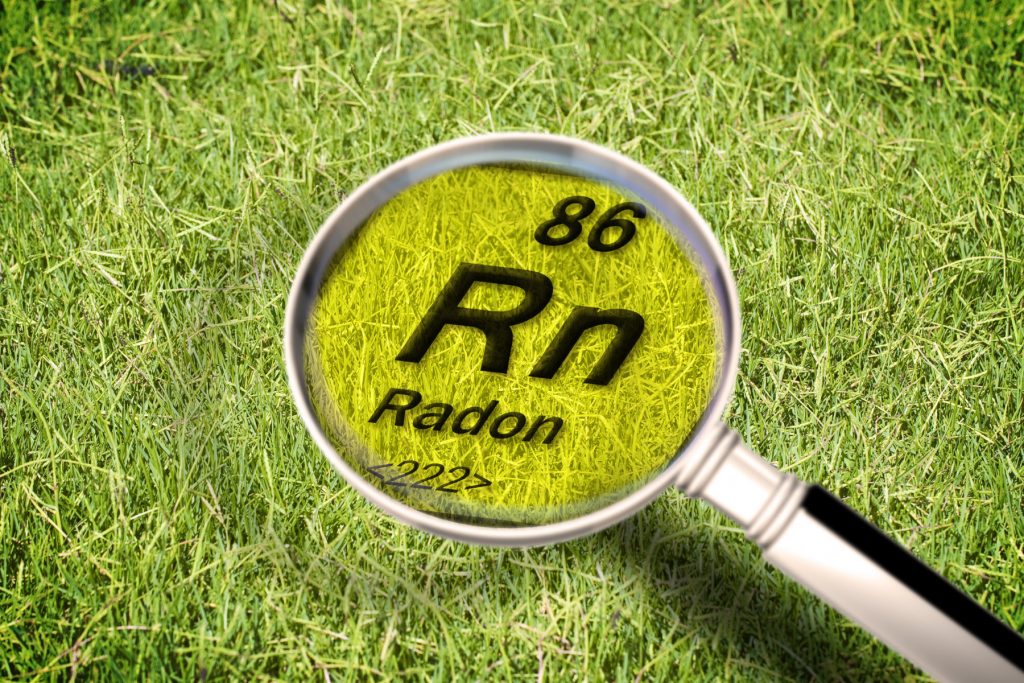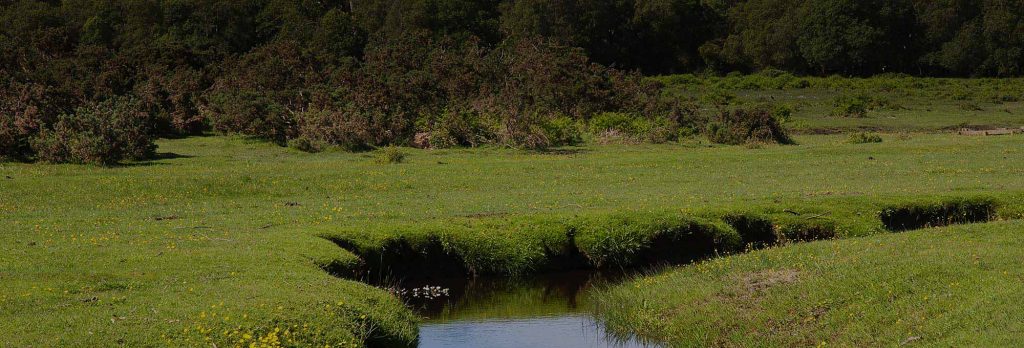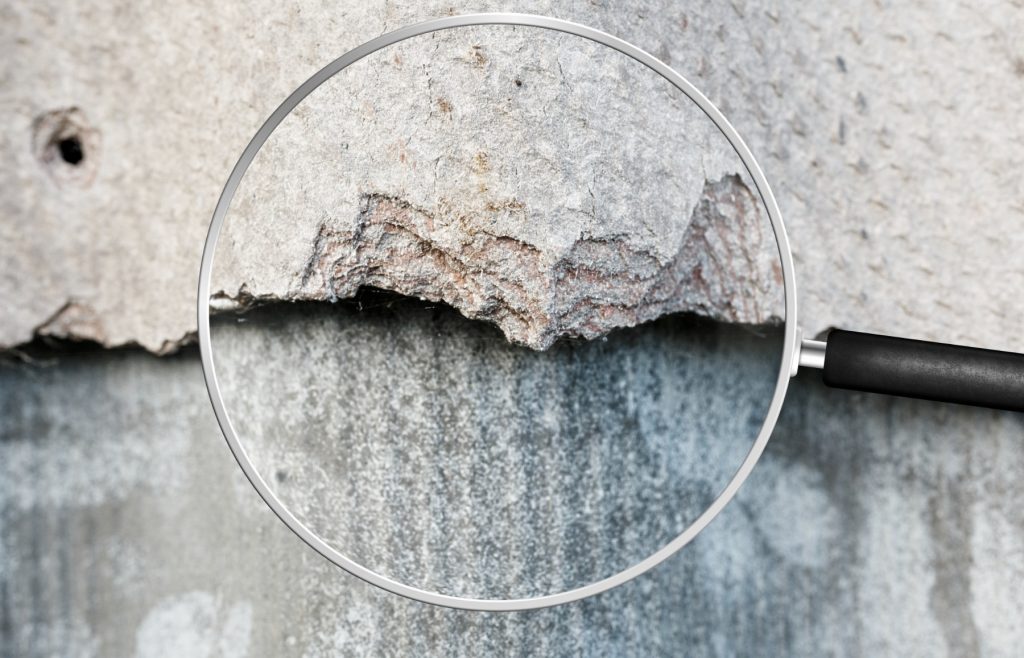What Is A Wetland?
Wetland resource areas are parts of our landscape that are defined by the presence of water. More specifically, wetlands are areas where the presence of water determines or influences most, if not all, of an area’s biogeochemistry—that is, the biological, physical, and chemical characteristics of a particular site.
Many wetlands are transitional zones between upland and aquatic ecosystems, although others are scattered across the landscape in upland depressions that collect water or in zones where groundwater comes to the surface.

The amount of water present in a wetland can vary greatly. Some wetlands are permanently flooded, while others are only seasonally flooded but retain saturated soils throughout much of the unflooded period. Still other wetlands may rarely flood, but saturated soil conditions still are present long enough to support wetland-adapted plants and for hydric soil characteristics to develop. Hydric soils develop when chemical changes take place in the soil due to the low-oxygen conditions associated with prolonged saturation.
Different plant communities may be found in different types of wetlands, with each species adapted to the local hydrology. Wetland plants are often called hydrophytes because they are specially adapted to grow in saturated soils. Many bird, insect, and other wildlife species are completely dependent on wetlands for critical stages in their life cycles, while many other species make use of wetlands for feeding, resting, and breeding.

Wetlands are lands transitional between terrestrial and aquatic systems where the water table is usually at or near the surface, or the land is covered by shallow water. . . . Wetlands must have one or more of the following three attributes: 1) at least periodically, the land supports predominantly hydrophytes; 2) the substrate is predominantly undrained hydric soil; and 3) the substrate is saturated with water or covered by shallow water at some time during the growing season of each year.
U.S. Fish and Wildlife Service, 1979
Is There A Wetland On Your Property?
Vermont has many types of wetlands, and some are not obvious at first glance. The Vermont Wetland Programs has developed the following check list to help guide property owners to identify evidence of wetland plants, soils and hydrogeology.
Is Water Present?
- Are there ponds, streams, lakes, springs or seeps present?
- Are depressions present where water pools during the wet periods in the growing season?
- Is the ground often soggy under foot?
- Do trees have shallow roots, water marks on the trunks, or forest debris deposited on their trunks?
Are Wetland Plants Present?
- Are cattails, sedges, rushes, New England aster, sphagnum moss, skunk cabbage, dwarf raspberry, blueberry, or marsh marigold present?
- Are sensitive ostrich, or cinnamon ferns present?
- Are willow, red maple, tamarack, white cedar, balsam fir, black spruce, alder, green or black ash trees or saplings present?
- Are meadowsweet, leatherleaf, steeplebush, arrowwood, or wild raisin present?
- Do trees in the area have roots growing across the ground, swollen trunk bases, or flat root bases when wind thrown or tipped over?
Is Your Soil A Wetland Soil?
Dig a hole 20 inches deep to answer the questions below.
- Is the soil dark brown, black, gray, gray-blue or gray-green, does it have rusty, red, or dark streaks?
- Does the soil smell like rotten eggs, feel greasy, mushy, or wet?
- Can you squeeze out water?
- Does water enter the hole after a few minutes?
It is likely you have a wetland if you’ve answered yes to any of the above questions.
Vermont Wetland Maps can be viewed at the Agency of Natural Resources website.




